- Home
-
Pedigreed Seed
- Corn
- Durum Wheat >
-
Spring Wheat
>
- Spring Triticale >
-
Barley
>
- Malt - Bill Coors 100 Malt Barley
- AB Dram 2 Row Malt & Distilling
- Malt - Churchill Malt Barley
- Malt - Fraser Malt Barley
- Malt - Connect Malt Barley
- Malt - Synergy Malt Barley
- Malt AB BrewNet 2 Row
- 2 Row Feed - Sirish
- 2 Row Feed - Esma
- 2 Row Smooth Awn Feed & Forage - Renegade
- 2 Row Feed - Durango
- 2 Row Feed - Austenson
- 2 Row Feed - AB Hague
- 2 row feed Canmore Barley
- 6 Row Feed - AB Tofield Feed & Forage Barley
- 6 Row Feed - AB Cattlelac Feed & Forage Barley
- 6 Row Feed - AB Advantage Feed & Forage Barley
- Malt - Copeland Malt Barley
- Malt - Metcalfe Malt Barley
- Malt - Bow Malt Barley
- Coming Soon 2 Row Malt & Distilling
- Oat >
- Flax >
- Pea >
- Lentil >
- Faba Bean >
- Kabuli Chickpea - Palmer
- Mustard >
- Canola
- Hybrid Fall Rye >
- Winter Triticale >
- Winter Wheat >
- Cover Crops Links >
- Forages >
- Soybean
- MS Schippers Foaming Wash
- Trials
- Events
- Seed Treating
- Seed Cleaning
- Contact
- About Us
- Jobs
- Blog
|
April 11 2024 the BRID held its AGM. Here are a few pictures of irrigation method, crop type change, diversion rates.
Current snow pillow measurements show a low snow pack for the coming season.
0 Comments
While a small acre crop, yellow flax has always been a mover for us the last 5 years. I was contacted by a flax exporter looking for old crop of yellow flax: https://www.merakicommodities.com/ or text Kay: 647 548 5706 They are licensed with the CGC
CDC Dorado yellow flax is available if thinking of it for this season. The last 10 years have been an amazing time to be in the farming world.
When I came back to work on the family farm in 2006 there was not much farm to come back to. Our parents had been through tough times from 2001-2012 and in the first 5 years of Sarah and I coming back there was a number of times where we were not sure if we should be looking for other jobs in the 2006-2012 time frame. Hail, cash flow and low seed sales and some mistakes were the story of those early days. We refocused on the seed business and tried growing varieties and crops that were unique and became involved with industry groups and boards. We expanded rapidly from 2012 onwards through challenging cashflows, renting land and eventually buying land. In this time frame we grew our ability to service customers, provide expertise, attract staff and grow and retail more seed. I eventually moved into the seed sales role as Matthew and Nathan came back to the farm and now Blair is our main sales person. Customers (You!) came to buy seed (and continue to do so) & attend our events, farming economics got better, and we got better at what we do. Our seed business has changed and grown a lot in the past 15 years and I feel like agriculture’s pace of change is only increasing. It has been fun to talk to you for all these years and now including your kids, staff, and agronomists. Where to From Here? From here farmers ability to farm will be challenged by domestic government regulations, global trade non tariff barriers, deglobalization, market volatility, increased costs & farm consolidation. I heard Kim McConnell speak at an Alberta Pulse Growers event about The Future of Agriculture and one area stuck with me. Agriculture may not have the 80/20 rule, rather he talked about the 80/18/2 rule. 2% of farms will be or are massive, 18% growing and active, and 80% in a spot where Kim doesn’t know where they fit or their future. He assumes only 15,000-20,000 farms have a gross income of over 1M of the 185,000 farms in Canada, so that’s the 20% (18+2%). What does this mean to us? It means we serve a very diverse customer, from the largest farms and retail partners to the smallest farms needing 40 ac of seed. We ship about 1500-2000 tote bags a year now, some because of changes to where and how some of our seed is sold but a good portion of that is to small farms. We also have many who take treated seed home in the winter similar to how you bring home your fertilizer. As farms grow, logistics start to play a larger part of seed, and as the seed system changes we expect seed sales growth to continue. Value added specialty or niche programs, traceability, breeding value capture systems, purity needs, & forage use all tied to certified seed. We need to be able to predict, anticipate and guess what and how much to grow of each variety as well. The seed business has some predictability but also a lot of speculation which can create its own challenges as sales volumes and customer demand can fluctuate so much from the time we plan to grow a crop or variety until its actually sold to you! Our biggest challenge and opportunity is to make sure you are served in the best way possible with value in your seed and services purchase from us. (So make sure we do this for you!) Life is changing again as my oldest daughter is now in college taking Agriculture, I hit the big 40 last May, and now finally able to catch up with Blair joining 2 years ago on seed sales. I wish you a successful 2024 farming season, healthy and happy families, and just the right amount of rain! Happy Easter!
Wow, that 1 foot of snow we received a week ago is amazing for our area, crops will be off to a good start here this spring as the soil is not frozen below it and slowly melting in. Seeding will take a bit yet as we still have lots of snow in the fields and it did not blow away so we could be pumping some irrigation low spots and about 2 weeks before seeding. Don't for get to text Greg or Blair or call the office at 4037392233 for scheduling a seed pickup so we can be organized. Brown Flax sales have been slow this year, as well as CRWS, and some Barley types (Sirish and Esma still available) Two Wheats you may be missing out on is SY Manness for high management farmers as well as AAC Hockley for a general use type of variety. New forages are rounded out by TriCal Surge as well as the 2 row smooth awn CDC Renegade Barley. Corn sales have been strong as customers had success with the Thunder Seed products the last few seasons. Peas & Lentils have been selling well along with Durum and Soft Wheat. Alberta Water Portal Society has an article on droughts history in Alberta:
https://albertawater.com/history-of-drought-in-alberta/#_edn2 Views on the dry start to the 2024 season as well as other market impacts on cereal markets:
https://www.albertagrains.com/combined-markets/market-insider/a-dry-start-to-plant-2024-s-acreage-plans Greg Stamp had the opportunity to chat with Marc Zienkiewicz of Seed World about market forces related to seed. Sam Taylor a farm inputs analyst for Rabobank was also interviewed and he had some interesting comments about economic trends he sees in agricultural markets: Seed World seeds for Success Webinar
Agronomist Scott Gillespie, owner of Plants Dig Soil Consulting Ltd has an article related to moisture and ultra early seeding. Planting early during drought
I think the biggest challenge is pre-seed burn off and or weed control in general when seeding early. Either we need to plan for that in the fall with a broadleaf residual and glyphosate or only use in crop herbicides. AFSC publishes the Yield 2024 magazine with yield information across Alberta from farmers reported yields. It's a great resource to compare varieties but keep in mind that localized popularity can skew results. For example if a variety is more popular in the highway 2 corridor and a different one is more popular in a really dry area it may make each variety look very different vs if they were grown side by side.
The application process is open again for The On-Farm Climate Action Fund relating to cover crops and farming practices.
We have been involved with Hard White Spring Wheat for 6-7 years and grown AAC Iceberg, and AAC Cirrus. We have AAC Iceberg HWSW seed available now.
This coming fall a new HWSW is launching called AAC Whitehead VB HWSW. It's a midge tolerant high yielding HWSW with better sporting resistance vs. some varieties. New Crop Contracts: Rogers Foods: pipj@rogersfoods.com Cell: 250 309 0087 JGL Commodities: mattf@jglgrain.com Cell: 306 630 9975 JGL is also considering doing some AAC Icefield Hard White Winter Wheat new crop contracts this summer. We will have about 4000 bu of seed available. View our Faba Bean Agronomy and Market Opportunity recording: https://youtu.be/A6Kwmeff-L0?si=puivXJDDhEq0TtT0 Praire Fava from Manitoba is looking to contract irrigation acres of Fabelle faba beans for this coming season in Alberta and may consider all areas of Western Canada. We have had the pleasure of working with Praire Fava for over 5 years. They have some good prices FOB farm Southern Alberta and a sliding scale for delivery window. If you are in SK the price picked up may be higher.
Contact Hailey Jefferies at Prairie Fava at 204 721 4715 hailey@prairiefava.com For seed contact Blair Balog at 403 634 4349 (call or text) or blair@stampseeds.com Victus is a new variety of Faba Bean available now. It should have yields similar to Fabelle.
It can be priced FOB Farm in Southern Alberta for new crop Victus faba beans. (If you are on irrigation in SK this can work as well) They can do full production with an AOG & Nov-Jan delivery to our Minot, ND plant. Contact: Ryan Edinger redinger@agtfoods.com Office: 701-751-1623 For seed contact Blair Balog at 403 634 4349 (call or text) or blair@stampseeds.com Molson Coors is seeking new acres on irrigation in Southern Alberta for this seasons contracts. Contact Cody Shick for details: Cody.Shick@molsoncoors.com
Bill Coors 100 is a 2 row malt barley that is early, stands well and yields like the top feed varieties! For seed contact Blair Balog at 403-634-4349 (call or text) or blair@stampseeds.com Triticale has a fibrous root system that can scavenge for moisture and nutrients better vs other cereals and it can be take earlier at milk stage at full tonnage.
TriCal Surge Spring Triticale a new smooth awn triticale available this season. It is a tall variety with lots of material so if growing on irrigation I would suggest a PGR. Seed can not be farm saved on TriCal Surge. Contact Blair Balog at 403-634-4349 (call or text) or blair@stampseeds.com for pricing or for any questions! Luke Wedel with Origin Partners has some old crop rye bids if you have some grain in the bin. Hybrid rye pricing has held up reasonably well this winter considering other crops softening, so consider seeding more rye this fall as we will have 3 great rye varieties available
lwedel@graincorp.ca or cell: 403 499 9819 Friday March 15 @ 9 am I am hosting a zoom event presenting on Water Restricted Irrigation Crop Options (grain and forage) as well as Agronomic Practice Ideas. I gave a similar presentation at the Irrigation districts conference a month ago. Please join tomorrow at 9 am:
https://www.stampseeds.com/events.html I was at the Crop Production Show a few weeks ago and was visiting with the Belle Plaine SK CO-OP Ethanol Complexgrain buying team. I had not heard much about the Clean Fuel Standards that are coming in to North America this summer but was surprised at what I heard.
Below is a summary from another website about what the Clean Fuel Standards are: "The Clean Fuel Standard law requires fuel suppliers to gradually reduce the carbon intensity of transportation fuels to 20% below 2017 levels by 2034. There are several ways for fuel suppliers to achieve these reductions, including:
Love or hate the carbon markets, here is one opportunity to adjust your farming around these changes. To sell grain (soft / gp wheat, rye, corn ect.) to CEC in SK contact Greg Rivett greg.rivett@cec.crs Economic trends as it applies to seed and farm markets: https://www.seedworld.com/canada/2024/03/05/seeds-for-success-webinar/?utm_campaign=Seed%20World%20Canada%20Update&utm_medium=email&_hsmi=297337651&_hsenc=p2ANqtz-8vx3BORysr7GuFLAVW0DgRB_r6f6eEqcyQrlGE4cpSyzimYIFk6NKLmYEFWMT2QwzG0Aa0s32tnUFX3LCSYAPPviPZiQ&utm_content=297337651&utm_source=hs_email
View the recording of our past cover crop webinar with Kevin Elmy: https://youtu.be/7cMgKC4ofGc?si=JiZIWSUlJ4Flgytp
Danielle Ranger has ideas related to succession planning and where to get started:
https://www.daniellewildfong.ca/blog/howtoleadstrongerteams-xj9h7-z9rem How do you pick what to attend and what you want to get out of the events you attend: https://mailchi.mp/363a3993654b/daniellewildfong2019subscribers-15172684
We have been involved with Hard White Spring Wheat for 6-7 years and grown AAC Iceberg, and AAC Cirrus. There are a few end users who buy it and one of the main ones is JGL Commodities from Saskatchewan (Matt - mattf@jglgrain.com ) They have contracted in Alberta & Saskatchewan in the past and we have AAC Iceberg seed available.
This coming fall a new HWSW is launching called AAC Whitehead VB. It's a midge tolerant high yielding HWSW with better sporting resistance vs. some varieties. JGL is also considering doing some AAC Icefield Hard White Winter Wheat new crop contracts this summer. We will have about 4000 bu of seed available. I was scrolling through information on salt tolerant crops and found a nice publication from North Dakota: https://www.ag.ndsu.edu/publications/crops/managing-saline-soils-in-north-dakota#section-4 Or:
|
AuthorsBlair Balog - Seed Specialist at Stamp Seeds Archives
April 2024
Categories |
||||||||||||
Seed TreatingWe offer a full range of seed treating and inoculant application options:
BASF Seed Treatment Bayer SeedGrowth Syngenta Seed Care |
Contact UsSubscribe to our mailing list!
We send emails about seed varieties, events, and crop production tips. |
Location
- Home
-
Pedigreed Seed
- Corn
- Durum Wheat >
-
Spring Wheat
>
- Spring Triticale >
-
Barley
>
- Malt - Bill Coors 100 Malt Barley
- AB Dram 2 Row Malt & Distilling
- Malt - Churchill Malt Barley
- Malt - Fraser Malt Barley
- Malt - Connect Malt Barley
- Malt - Synergy Malt Barley
- Malt AB BrewNet 2 Row
- 2 Row Feed - Sirish
- 2 Row Feed - Esma
- 2 Row Smooth Awn Feed & Forage - Renegade
- 2 Row Feed - Durango
- 2 Row Feed - Austenson
- 2 Row Feed - AB Hague
- 2 row feed Canmore Barley
- 6 Row Feed - AB Tofield Feed & Forage Barley
- 6 Row Feed - AB Cattlelac Feed & Forage Barley
- 6 Row Feed - AB Advantage Feed & Forage Barley
- Malt - Copeland Malt Barley
- Malt - Metcalfe Malt Barley
- Malt - Bow Malt Barley
- Coming Soon 2 Row Malt & Distilling
- Oat >
- Flax >
- Pea >
- Lentil >
- Faba Bean >
- Kabuli Chickpea - Palmer
- Mustard >
- Canola
- Hybrid Fall Rye >
- Winter Triticale >
- Winter Wheat >
- Cover Crops Links >
- Forages >
- Soybean
- MS Schippers Foaming Wash
- Trials
- Events
- Seed Treating
- Seed Cleaning
- Contact
- About Us
- Jobs
- Blog

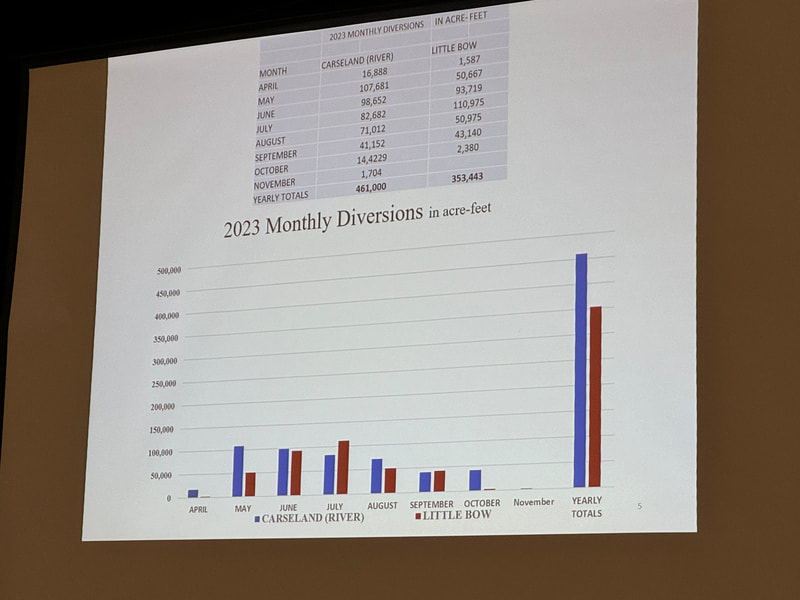

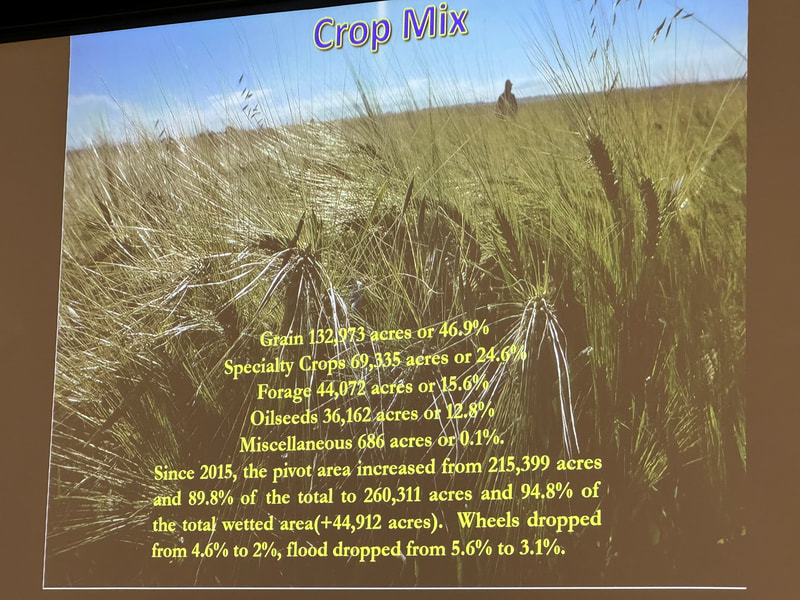
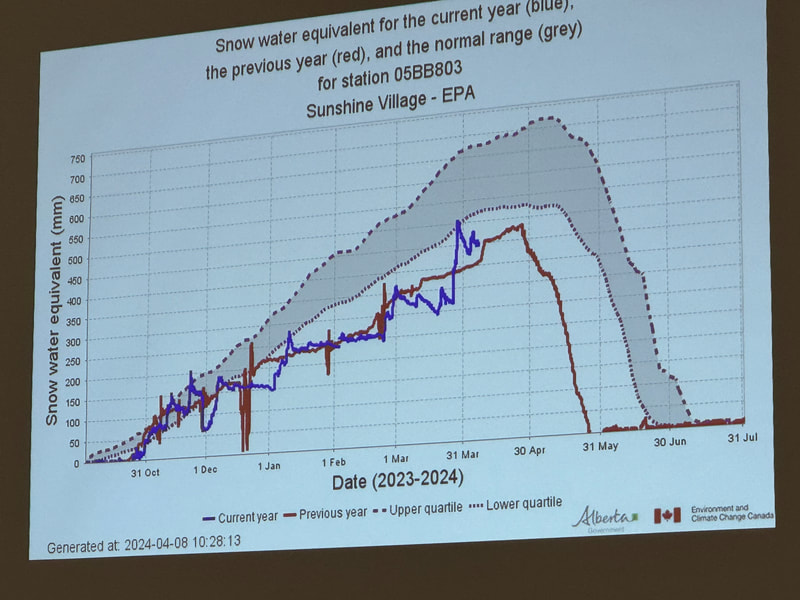

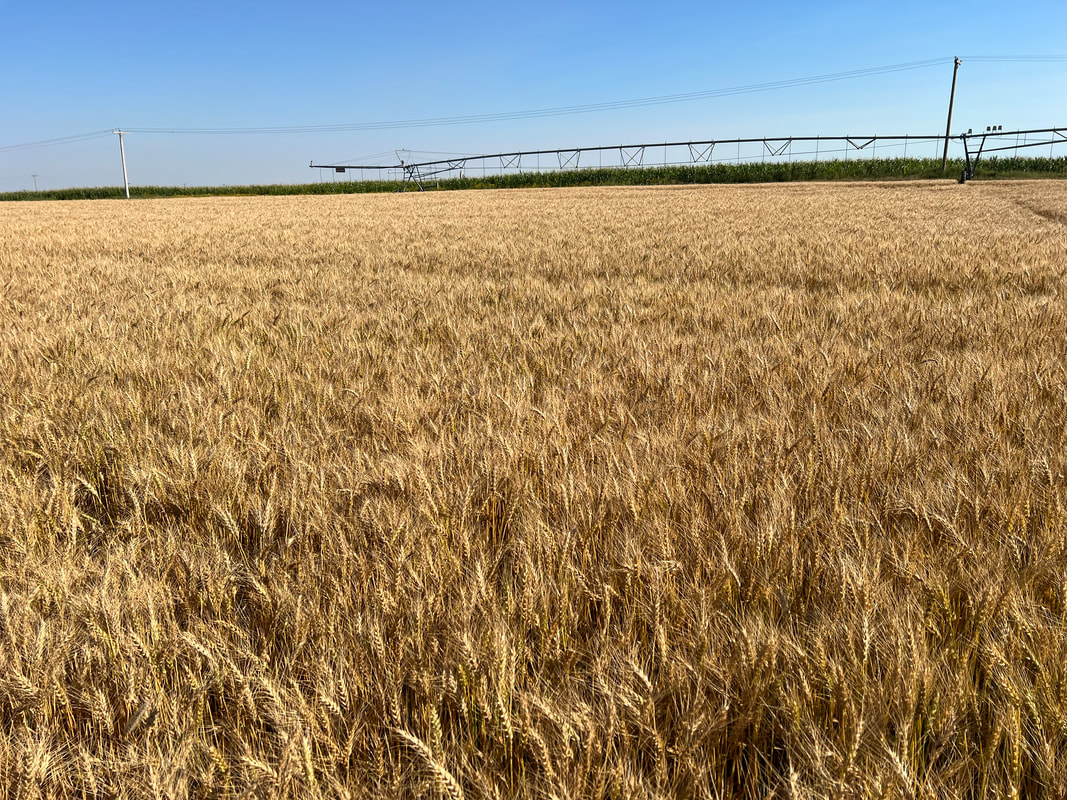
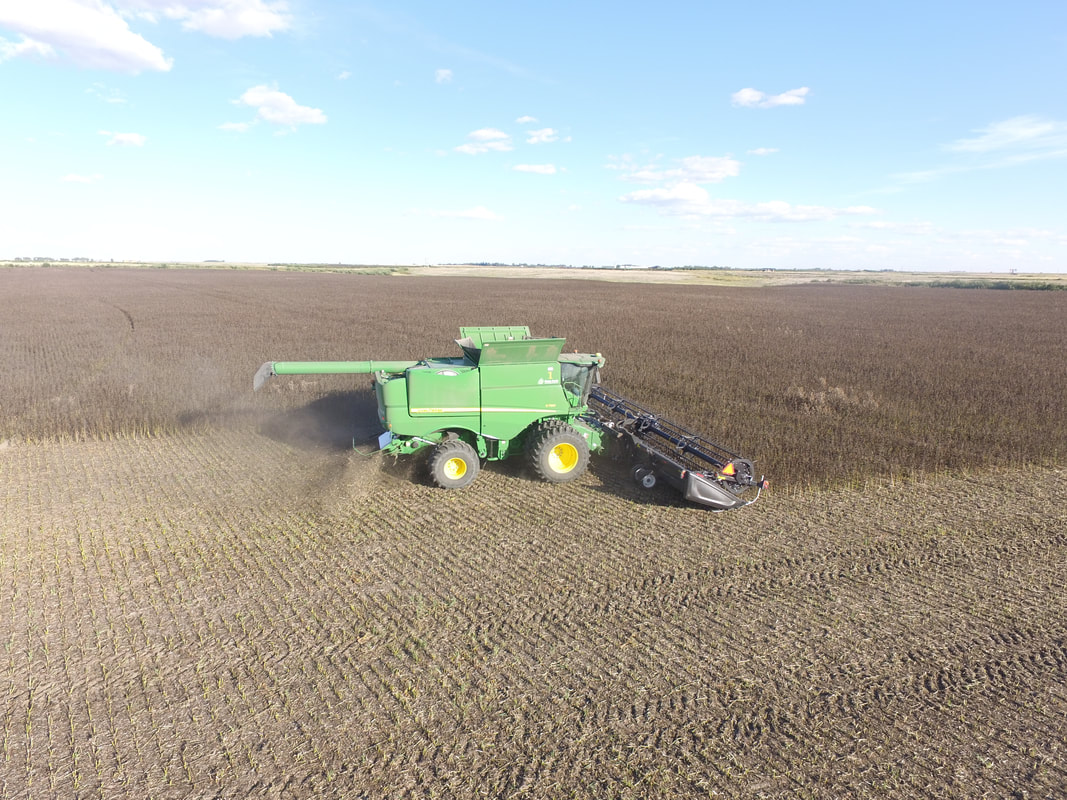
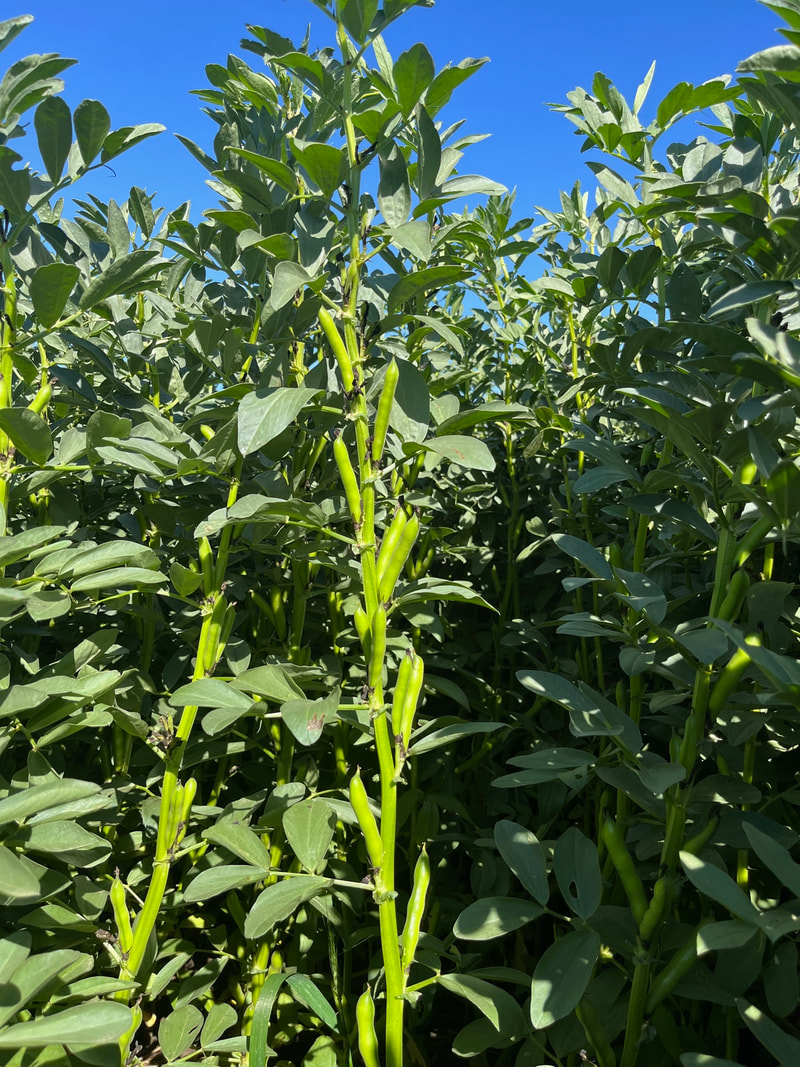
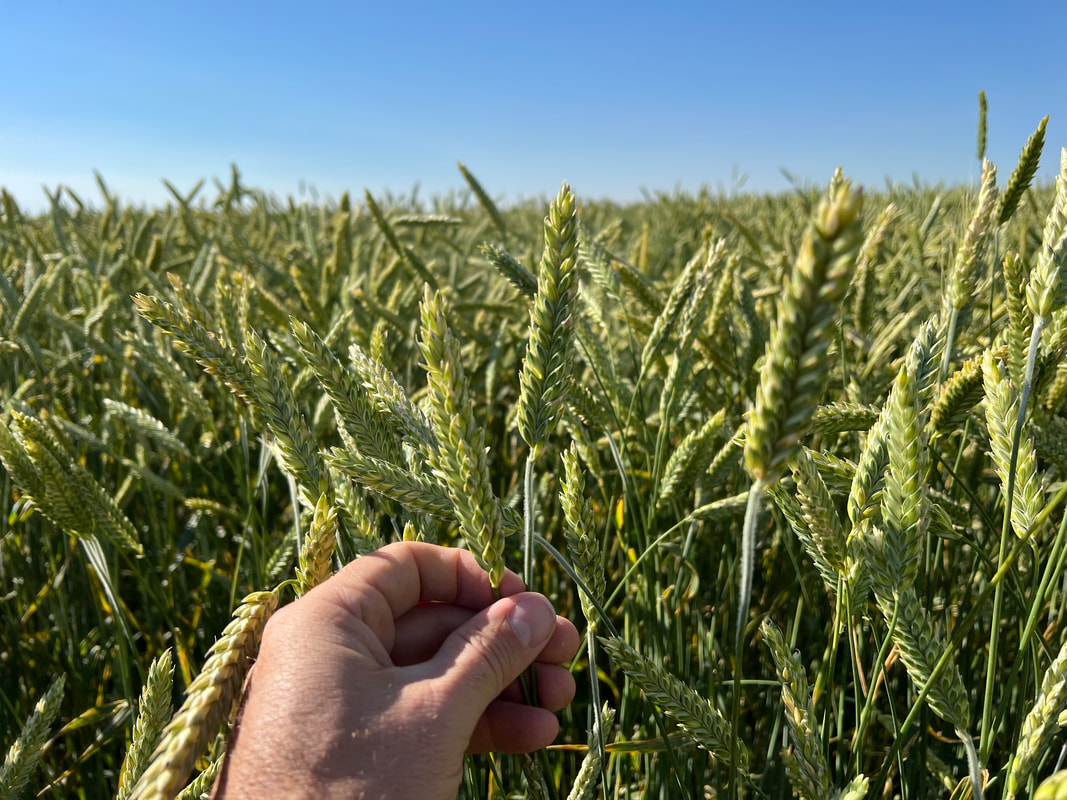
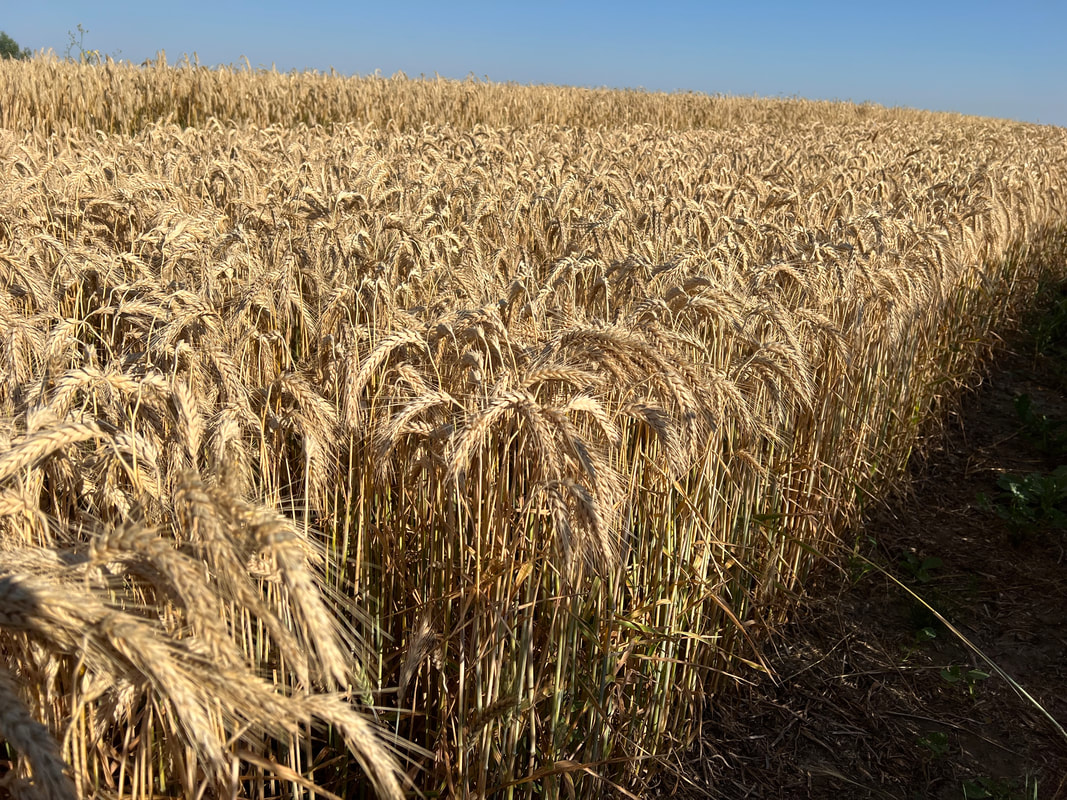

 RSS Feed
RSS Feed